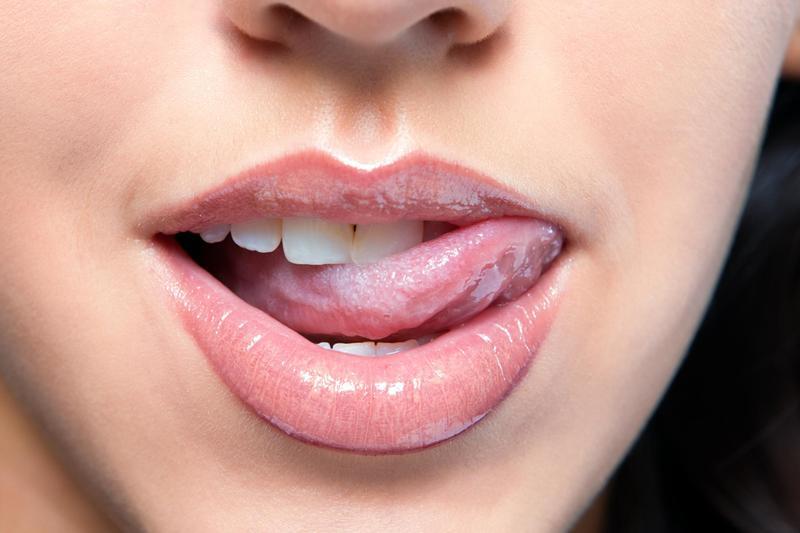What Can Your Tongue Tell You about Your Health
What Can Your Tongue Tell You about Your Health
You probably know that your tongue plays a big role in how you detect taste, but do you know what else it can do? While it supports your gustatory function and your ability to pronounce certain words, the state of your tongue can also be a big indication of how healthy you really are.
There are a number of factors that can come into play here – some of which may be present more often than others. They include changes in texture, the presence of sores or blemishes, and changes in color. All of these signs may be pointing to the fact that you’re in need of some help.
So, say “Ahh” – here is what your tongue may be telling you about your health:
1. Textural Changes
Smoothness:
If your tongue feels unnaturally smooth, it may be a sign of glossitis. This usually means that your tongue is inflamed, and the papillae (little hairy bumps) on your tongue become lost. The smoothness is primarily caused by nutritional deficiencies – to be specific, deficiencies of iron and B vitamins. If your tongue feels smooth, take a careful look at your diet.
2. Sores & Blemishes
Canker Sores:
Canker sores are not cold sores! They are tiny, shallow ulcers that can appear in your mouth and on the underside of your tongue. They usually make it really hard to eat your food. If you notice any sores underneath your tongue with yellow centers and red borders, then they’re likely cankers. Some research suggests that stress may be a cause, and while they are more or less harmless – they make it very hard to chew food comfortably.
Bumps:
If you notice any bumps on your tongue, especially around the top, they may be a sign of an infection or allergic reaction. While they may not be the most irritating things on their own, they could be a sign that more adverse effects are going on deeper within your body.
Strawberry Tongue:
Strawberry tongue tends to occur in two stages. It starts off with a swelling and white covering that coats parts of the tongue. This is generally an early indication of scarlet fever in children.
The second stage occurs 4-5 days later, which is called red strawberry tongue. This is where the tongue becomes reddened and even more swollen. Intense red colors may be a sign of Kawasaki disease, an immune disease that primarily affects children, where blood vessels become inflamed throughout the body.
3. Color Changes:
There’s a whole spectrum of tongue colors that can be an indication of more serious problems, some of which are more common than others:
White: A white tongue is usually a sign of dehydration and debris trapped within your papillae. It can usually be taken care of by brushing and cleaning your tongue regularly, and is generally worsened by smoking habits.
Black: “Black tongue” is the result of bacteria and debris building up on the surface of your tongue. It can be caused by an abuse of tobacco and chemical products (e.g. mouthwash and antibiotics). As unsightly as it is, it can usually be removed with careful brushing and cleaning.
Red: Again, this could be a sign of scarlet fever or Kawasaki disease, depending on the severity.
Brown: As one of the more uncommon discoloring effects, a brown tongue may be a sign of melanoma – one of the deadliest forms of skin cancer.
Yellow: Smoking, fevers, and dehydration can often cause a yellow tinge to appear on the surface of your tongue. In extreme cases, it can also be a sign of liver disease. Similar to the “white” effects, pay careful attention to what you’re putting into your mouth and make sure that you’re cleaning properly and regularly.
Your tongue isn’t only responsible for the function of your taste buds – its appearance and feeling could show signs that there is more going on in your body than you thought. Take a look inside your mouth – how’s your tongue looking?
Be the first to post a message!
